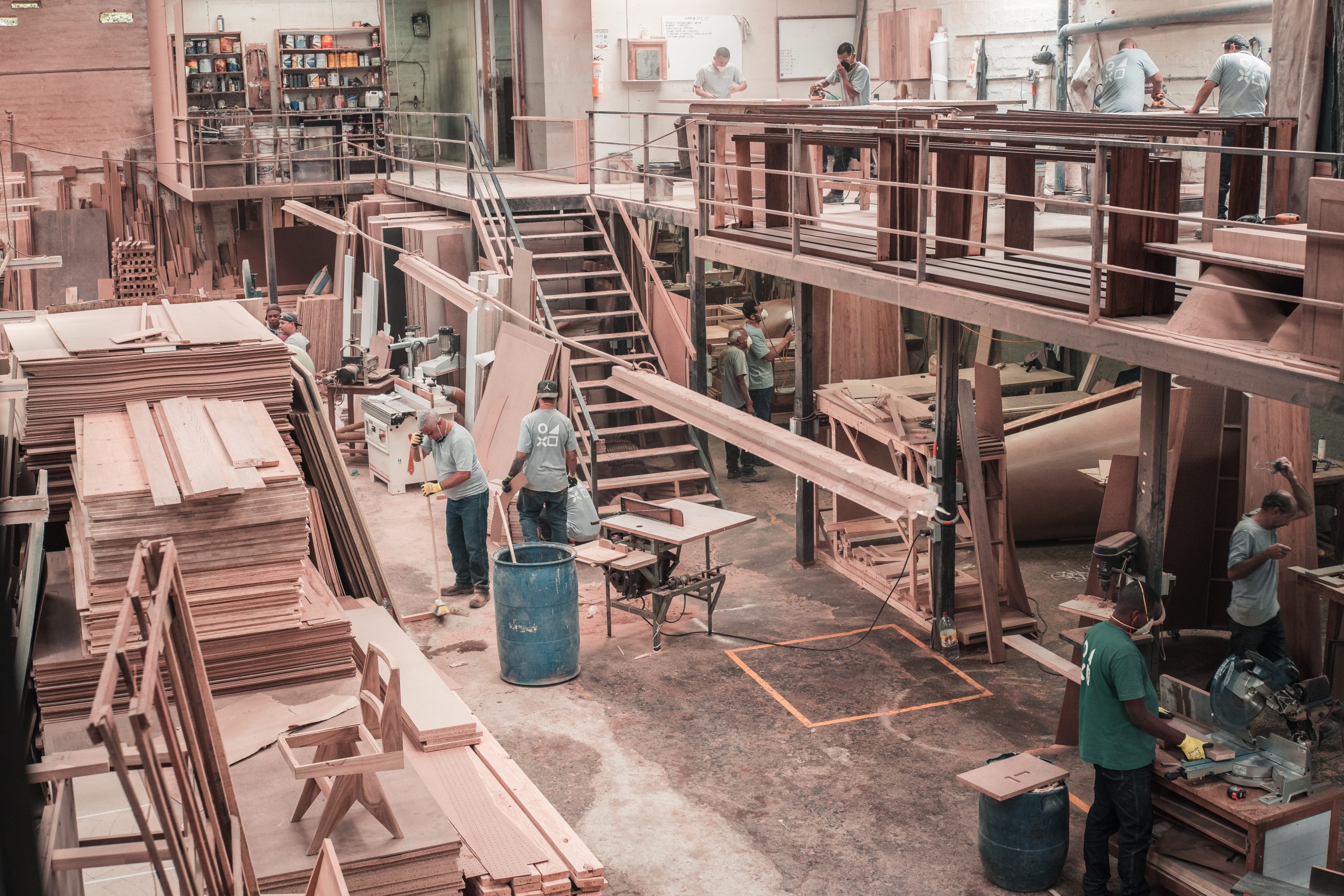
Factory-built homes come in two broad categories: Industrialized Buildings and Manufactured Homes. Nowadays, it can be almost impossible to determine whether a home is an Industrialized Building or a Manufactured Home by just looking at the home. However, though their appearances may appear similar, there are differences between these two types of homes in terms of their construction, the applicable building codes and regulations that govern their construction and installation, and the authority having jurisdiction responsible for their conformance to the applicable codes and regulations.
“Manufactured Home” refers to a class of homes built after June 15th, 1976 whose design, construction, and installation is regulated by the Federal Manufactured Home Construction and Safety Standards. Prior to 1976, these types of homes were colloquially known as “Mobile Homes” given their ease of transportability, but the National Manufactured Housing Construction and Safety Standards Act of 1974 established and codified their construction standards. Unlike the prescriptive nature of state regulations and building codes, the Manufactured Home Construction and Safety Standards are performance-based and provide standards for design and construction, strength and transportability, fire resistance, and energy efficiency.
The Department of Housing and Urban Development (HUD) oversees the design and factory construction of manufactured homes through third-party agencies: Inspection Primary Inspection Agencies (IPIAs) and Design Approval Primary Inspection Agencies (DAPIAs). Further, HUD often partners with States who act as HUD’s State Administrative Agency (SAA) to help oversee each State’s Manufactured Housing Installation Program and resolve consumer complaints. To this end, Virginia’s State Building Codes Office acts as HUD’s SAA.
“Industrialized Building” is defined in the Virginia Industrialized Building Safety Regulations to mean a combination of one or more sections or modules, subject to state regulations and including the necessary electrical, plumbing, heating, ventilating, and other service systems, manufactured off-site and transported to the point of use for installation or erection, with or without other specified components, to comprise a finished building. These types of homes have a rich and vibrant history, dating back to the early 1900’s when Sears, Roebuck, & Co. popularized their kit homes. Unlike Manufactured Homes, the design, installation, and construction of Industrialized Homes are regulated by the Uniform Statewide Building Code.
Virginia’s State Building Codes Office is the administrator of the Virginia’s Industrialized Building Program and, as such, serve as the authority having jurisdiction for all of Virginia’s Industrialized Buildings. Much like HUD relies on third-party agencies for the design and factory construction of Manufactured Homes, the State Building Codes Office relies on third-party agencies for the design and factory construction of Industrialized Buildings. For Industrialized Buildings, these agencies are called, “Compliance Assurance Agencies (CAAs),” and they are responsible for reviewing building designs, inspecting the construction of buildings in the factory, and certifying the buildings through the application of the Virginia Registration Seal.
While the State Building Code’s Office monitors the performance of CAAs through application and auditing processes, local code officials are responsible for handling permitting, site inspections, and the issuance of certificates of occupancy for Industrialized Buildings.
For additional information or if you have questions, please contact The State Building Codes Office by calling 804-371-7150, or via email at SBCO@dhcd.virginia.gov. You can also visit our website at https://www.dhcd.virginia.gov/
